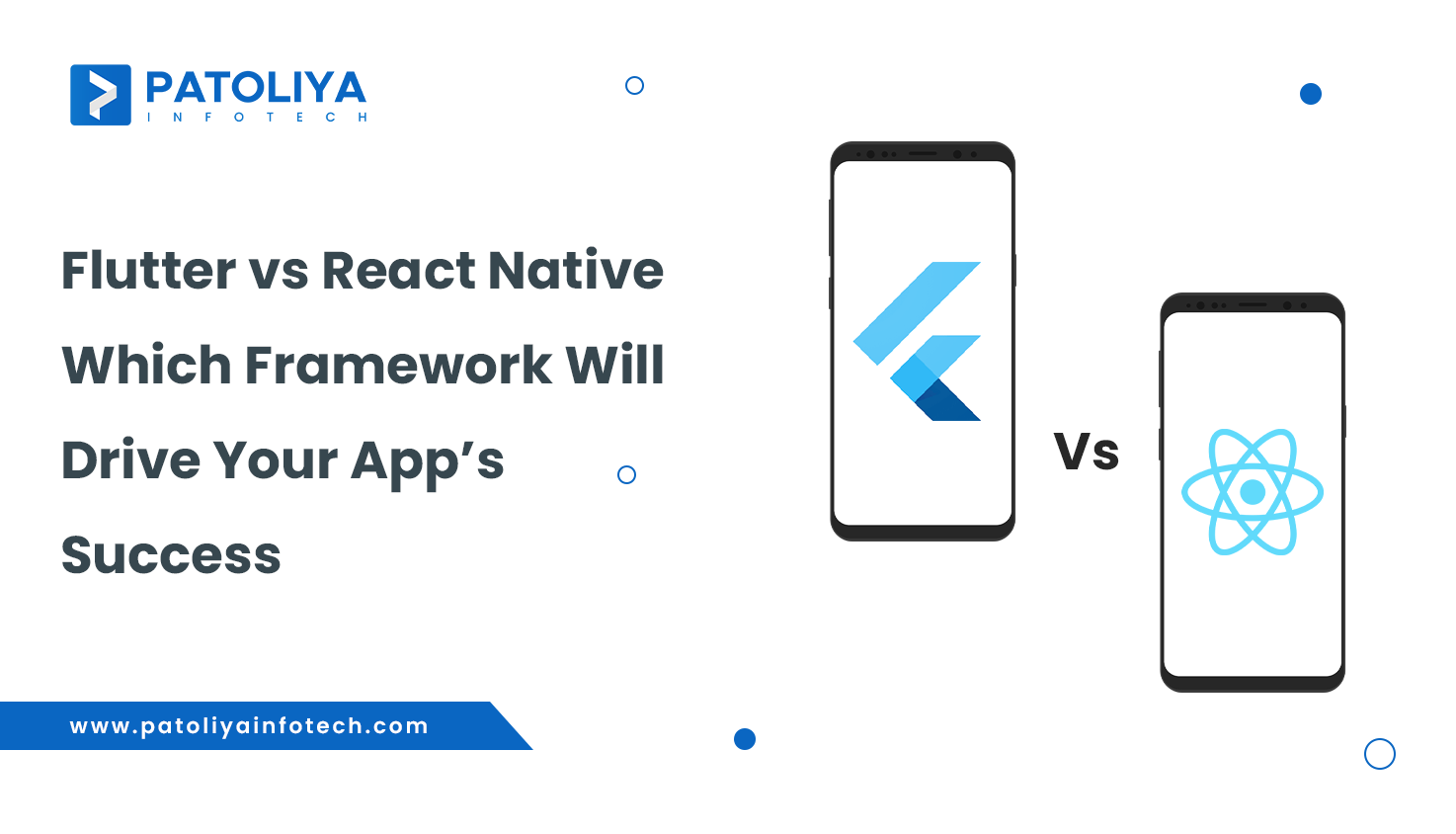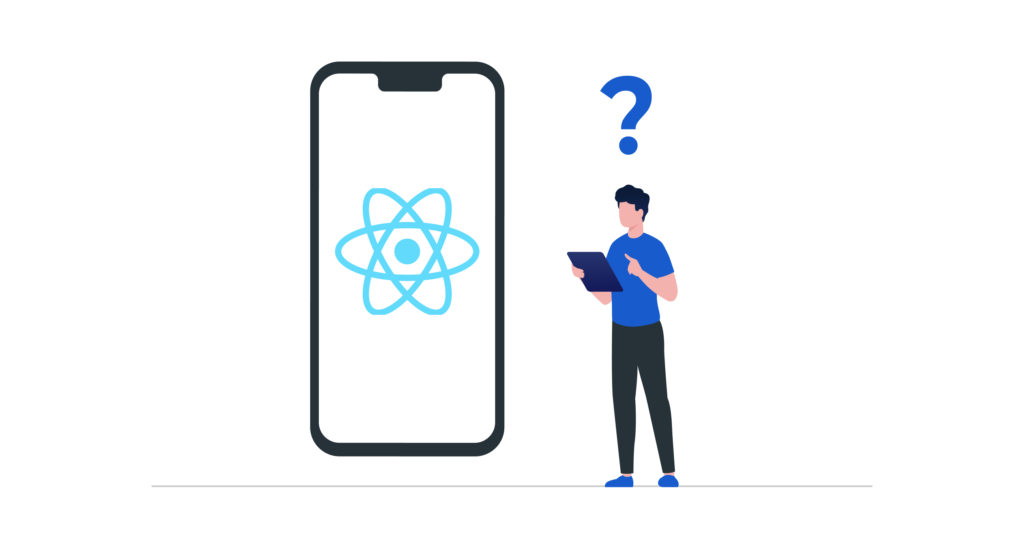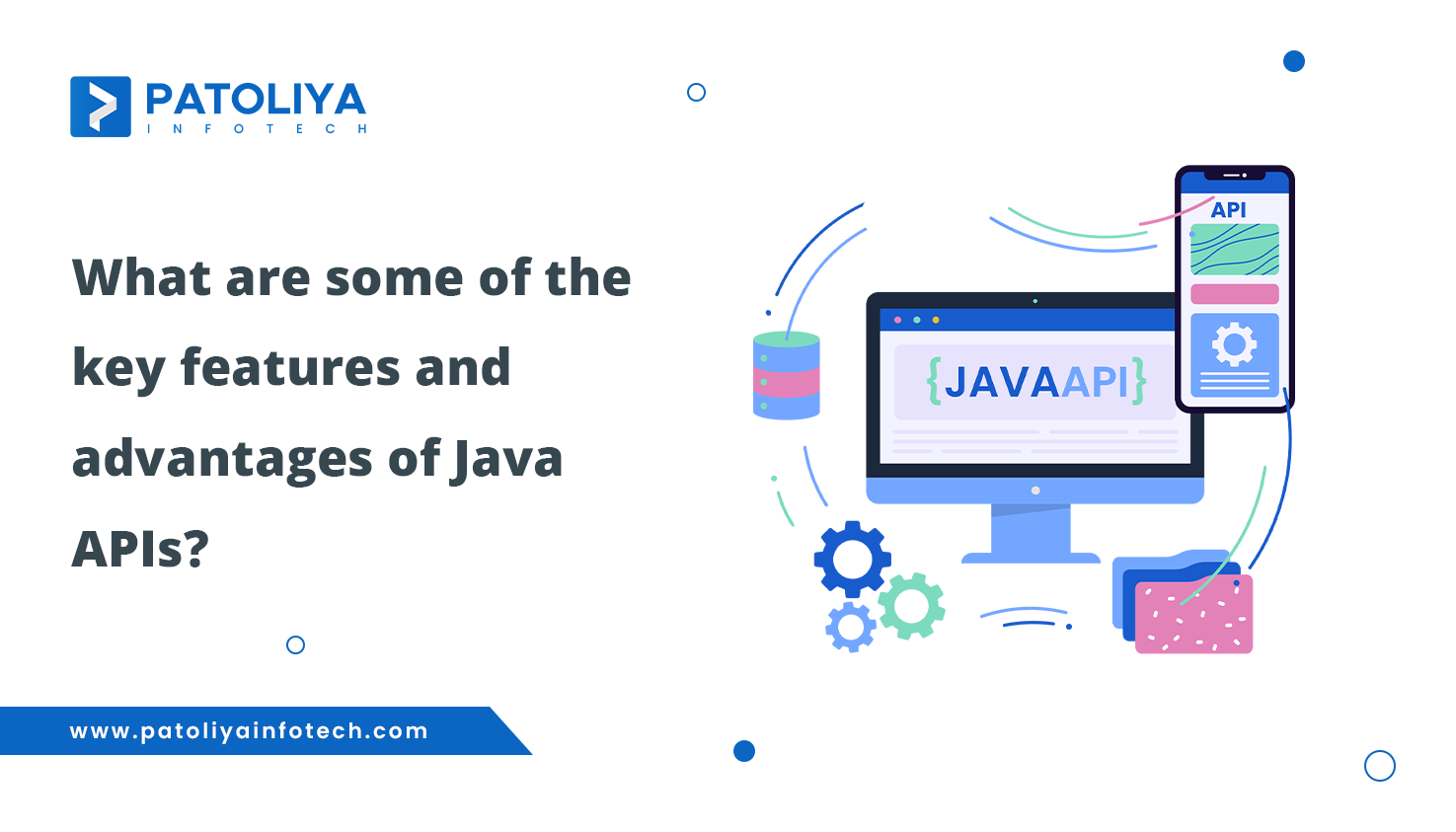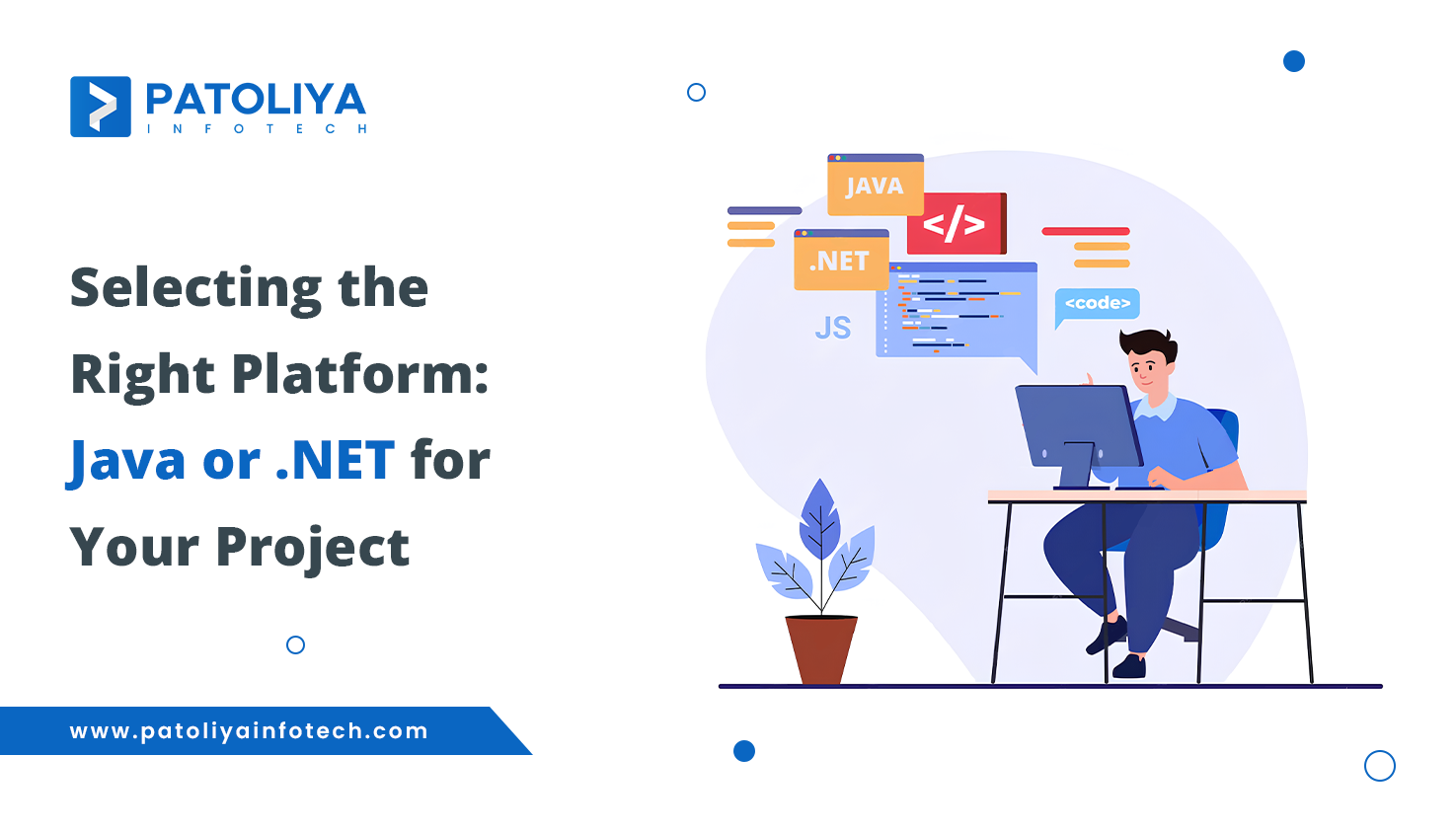Mastering Cross-Platform App Success with Flutter and React Native

Table of Contents
The success of your business can be heavily influenced by the system you choose. The powerful UI tool provided by Google’s Flutter enables developers to create engaging apps that work well on different devices. The use of this dart enables rapid development cycles and creative processes.
On the other hand, web developers love Facebook's React Native because it combines the features of React with JavaScript. Even while every system offers benefits of its own, knowing how they differ from one another is crucial to reaching your project's objectives.
Deciding between Flutter and React Native is more important than ever as companies are choosing more versatile solutions to reach larger audiences. A comparable user experience across devices is delivered with cross-platform upgrades, which in turn reduce costs and accelerate time-to-market.
This blog will try to give you the knowledge you need to make that choice and help you match the capabilities of each system to the needs of your project. Ultimately, you’ll be in a better position to choose the ideal tool to meet your technical needs and improve the overall appeal of your application in today’s cutthroat marketplace.
What is Flutter?

The open-source Flutter UI tool developed by Google enables programmers to create native desktop, web and mobile applications using a single codebase. Started in 2014 as a "Sky" project, it grew exponentially before releasing its first stable version, Flutter 1.0, in December 2018.
By enabling developers to create a code set that works on both iOS and Android platforms, this framework seeks to simplify app development, increase productivity, and reduce costs. Flutter is an easy choice for developers because time continuously has increased to support desktop and web apps in addition to mobile apps .
A key feature that sets Flutter apart is Hot Reload, which increases productivity and creativity by enabling developers to see changes in real time without restarting the application Developers can create highly customized user interfaces while viewing native look with its configurable widgets.
What is React Native?

Facebook created the robust JavaScript framework React Native, which enables the creation of cross-platform iOS and Android mobile apps from a single codebase. Previously relying on HTML5 and web technologies, Facebook's mobile applications needed to be improved in terms of both functionality and user experience. As a result, React Native, an open source project, was developed in 2015.
Using native components, this sophisticated design enables developers to ensure apps work and look like their native equivalents. React Native has long become increasingly popular due to its ability to optimize development processes and reduce costs without sacrificing high-quality user experiences
One of the key features of React Native is its architecture, which translates JavaScript code into native objects for native-like performance and cross-platform experience By encouraging reusable features, it enables developers to create code only once is used in different applications, the framework increases performance.
Want to know how React Native makes mobile app maintenance easier? Read our blog for insights on optimizing efficiency and reducing upkeep!
Head-to-Head Comparison of Flutter vs React Native
| Criteria | Flutter | React Native |
| Programming Language | Dart | JavaScript |
| Learning Curve | Moderate; less popular than JavaScript | Easier for web developers; widely known |
| Performance | High performance; no bridge needed for native calls | Good performance; relies on a JavaScript bridge |
| Rendering Speed | Faster due to direct compilation to native code | Slower in complex scenarios due to bridge overhead |
| Memory Usage | Generally lower memory usage | Can be higher, especially with complex apps |
| Animation & UI Transitions | Smooth and customizable animations | Good, but may require native modules for complex animations |
| User Interface (UI) | Custom widgets provide high flexibility | Uses native components for platform consistency |
| Platform Consistency | Consistent UI across platforms | May vary slightly between iOS and Android |
| Development Speed | Fast due to Hot Reload and widget-based structure | Fast with Hot Reload, but may require more setup |
| Ease of Debugging | Good debugging tools; integrated with IDEs | Strong debugging support; extensive community resources |
| Tools & Plugins Availability | Growing selection of plugins | Extensive libraries and third-party plugins |
| Community Support | Rapidly growing community; strong Google backing | Established community with abundant resources |
| Documentation Quality | Clear and concise documentation | Varies; can be less organized |
| Official Learning Resources | Comprehensive guides and tutorials | Many tutorials available, but quality varies |
| Mobile Platform Support | iOS, Android | iOS, Android |
| Web & Desktop Support | Robust support for web and desktop applications | Limited support; primarily focused on mobile |
| Wearable Devices & IoT Support | Emerging capabilities | Limited support |
Use Cases and Suitability
You may be able to choose between Flutter and React Native if you are aware of the ideal use cases for each framework. Because of its unique advantages, each framework is appropriate for a certain kind of project. Here is a closer look at the different project standards that determine when to use React Native vs Flutter.
When to Choose Flutter
- Best for Complex UI Designs: When it comes to creating intricate and aesthetically pleasing user interfaces, Flutter excels. It is perfect for apps that value aesthetics and user experience because of its extensive collection of customisable widgets, which enable developers to create distinctive designs that stand out.
- Startups and Rapid Prototyping: Flutter's fast development capabilities are revolutionary for innovators hoping to swiftly realize their ideas. Developers may make changes in real time with the framework's Hot Reload functionality, which speeds up iterations in response to user feedback. For entrepreneurs looking to quickly verify their concepts, this agility is important.
- Google Ecosystem Integration: Flutter is a natural option if your project calls for smooth integration with Google services or products. Its strong support for Firebase and other services, which are sponsored by Google, makes it simpler to integrate features like cloud storage and real-time databases.
When to Choose React Native
- Projects Requiring High Stability: React Native works effectively for apps that require dependability and stability. Its well-established ecosystem, which has been developed over many years, offers a wealth of libraries and tools that guarantee reliable performance, making it the preferred option for enterprise-level applications.
- Apps with Existing JavaScript Codebase: React Native makes it possible for old code to be seamlessly integrated and reused if your team already has a JavaScript codebase or JavaScript expertise. This can make use of well-known technologies and drastically cut down on development time and expenses.
- Better Suited for Enterprises: React Native's reliability and broad community support make it a great option for big businesses with intricate workflows and pre-existing infrastructure. Its compatibility with a wide range of third-party libraries and APIs fits in nicely with business requirements and guarantees a seamless development process.
Curious about the key differences between .NET and Java? Discover how these two powerful platforms compare in performance, scalability, and development efficiency. Read our blog to find out which one best suits your project needs!
Cost of Development and Maintenance: Flutter vs. React Native
Knowing how much it costs is a must before starting a mobile app development project. Making the decision between Flutter and React Native has implications for both your initial development expenses and ongoing maintenance. Let's examine the primary variables affecting both frameworks' development and maintenance costs.
Cost of Hiring Flutter vs. React Native Developers
The cost of hiring engineers for React Native and Flutter may vary greatly. The greater number of JavaScript developers available to React Native makes it simpler to locate skilled workers at affordable prices. Given that JavaScript is one of the most popular programming languages, recruiting expenses may be reduced because many engineers are already familiar with it.
On the other hand, the fast expansion of the framework and the particular skill set needed for Dart programming have increased demand for Flutter developers. Higher compensation expectations may result from businesses vying for top personnel. The supply of qualified developers is anticipated to rise as Flutter continues to gain traction, though, which might eventually stabilize pricing.
Long-term Maintenance Costs
Long-term care is yet another important factor to take into account. Comparing these frameworks to creating separate native apps, the ability to manage updates across platforms with a single codebase may drastically save maintenance expenses. The simplicity of upgrading and maintaining codebases might vary, though.
The well-established ecosystem of React Native includes a wide range of libraries and tools that make maintenance easier. Its broad community assistance enables developers to frequently identify solutions fast, minimizing downtime and related expenses.
Alternatively, Flutter's expanding ecosystem is also becoming more resilient, but because of its relatively recent design, it could take more work to stay up to date. It could be necessary for developers to devote more effort to studying and modifying their codebases when new features are added and the framework changes.
Ease of Updating and Maintaining Codebases
There are benefits to both frameworks for maintaining and upgrading codebases. Updates can be implemented more effectively since Flutter's Hot Reload feature allows developers to view changes instantaneously without having to restart the application. This function not only speeds up creation but also makes maintaining already-existing apps easier.
Because React Native may use existing JavaScript code, it can make upgrades easier for teams who are already familiar with web technology. Further reducing the maintenance load is the fact that many frequent problems have established remedies due to its community-driven nature.
Ruby on Rails vs WordPress - Which is right for you? Dive into our comparison to find the best fit for your website or app! Read more now!
Scalability: Flutter vs React Native

When it comes to scalability, both Flutter and React Native offer unique strengths tailored to different project needs.
Long-Term Scalability of Flutter Apps
Because Flutter is designed for long-term scalability, developers may create apps that effectively handle expanding user bases and new features. Modularization is supported by its design, which facilitates codebase expansion and management. A popular instance is Alibaba's Xianyu app, which supports over 50 million users and allows for quick testing and iteration because of Flutter's single codebase methodology and Hot Reload functionality. This adaptability is especially helpful for startups and businesses that want to react swiftly to market needs.
React Native’s Ability to Scale for Larger Projects
React Native is excellent at growing bigger applications, particularly those that need to integrate with already present JavaScript codebases and have high reliability. Access to a multitude of libraries that make the development of intricate applications easier is made possible by its developed ecosystem. Because the framework makes use of native components, dependable performance and a consistent user experience are guaranteed. Furthermore, developers can promptly tackle scalability issues thanks to the broad community assistance, which makes React Native an excellent option for enterprise-level apps.
Challenges and Limitations
Developers should take into account the unique problems presented by both Flutter and React Native. One major problem with Flutter is its less developed ecosystem; being a more recent framework, it provides less third-party libraries and plugins, which might restrict functionality and require the development of unique solutions for particular needs. Additionally, because the framework's runtime is included, Flutter applications often have bigger file sizes, which might result in slower download times and higher data use.
React Native, on the other hand, has performance issues, especially with sophisticated animations. In resource-intensive applications, its dependence on a JavaScript bridge for component-to-component communication may cause rough animations or frame dropouts. Moreover, React Native frequently necessitates the usage of native modules in order to access certain device functionalities, which might make development more difficult and call for more native code. It is essential to comprehend such limitations in order to choose the framework that best fits the particular requirements of your project.
Which programming language is better for your project, Python or PHP? To assist you in selecting the best option for scalability and performance, read our brief advice!
Future Prospects of Flutter and React Native
Given their different roadmaps and the changing mobile app development market, Flutter and React Native both have bright futures ahead of them. With Google's help, Flutter is growing beyond mobile to offer strong support for desktop and web apps, increasing its usefulness and attractiveness. Performance and community contributions are the focus of ongoing improvements, which guarantee that developers can produce high-caliber apps quickly.
Under Facebook's leadership, React Native is still developing, with a focus on enhancing performance, especially for intricate animations and smooth integration with native components. Through projects like React Native Web, it plans to increase web capabilities and enable developers to use their current JavaScript expertise on several platforms.
Conclusion: Making the Right Choice
It's important to carefully weigh a number of important variables while deciding between Flutter and React Native, such as project needs, developer experience, and financial limitations. The effectiveness of its Hot Reload feature and its large library of prebuilt widgets make Flutter especially well-suited for applications that require rich, customized user interfaces and where quick prototyping is crucial.
It's a great option for entrepreneurs who want to develop visually appealing applications or quickly verify concepts. Furthermore, React Native excels in situations when utilizing pre-existing JavaScript codebases or interfacing with native modules is important, which makes it perfect for bigger businesses and projects that value stability and conformity to native design standards.
Take your development team's experience into account when choosing; if they are more comfortable with JavaScript, React Native can provide a more seamless transition. On the other hand, Flutter can be the best option if your team is interested in developing highly interactive apps and is willing to learn Dart.
Both frameworks can save money by using common codebases across platforms, however the initial expenses of hiring developers with the necessary skills could differ depending on which technology is available. In the end, each framework has advantages and serves distinct purposes; being aware of these subtleties will enable you to choose a solution that complements the objectives of your project and allows for future expansion.



